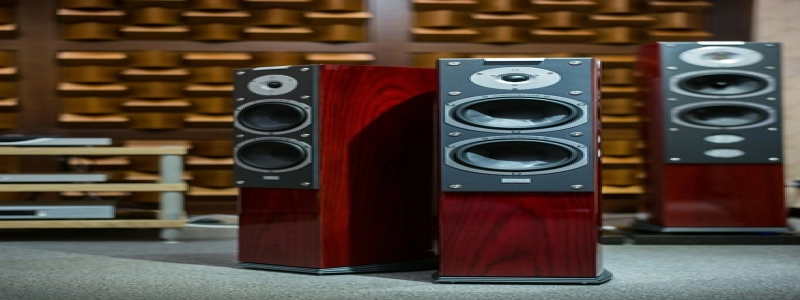RJ45 vs SFP
====================
Introduction:
——————–
When it comes to networking, two commonly used terms are RJ45 and SFP. Both have their own importance and are used in different scenarios. This article aims to provide a detailed explanation of both terms and highlight their key differences.
RJ45:
——————–
RJ45 stands for Registered Jack 45. It is a physical connector commonly used for Ethernet networking. The RJ45 connector has eight pins, which are used to transmit and receive data. It is the standard connector for connecting devices such as computers, commutateurs, routeurs, etc., using Ethernet cables. RJ45 connectors are typically used for short- to medium-length network connections.
SFP:
——————–
SFP, or Small Form-factor Pluggable, is a compact, hot-swappable transceiver module used in networking equipment. It is capable of transmitting and receiving data over fiber optic or copper cables. SFP modules come in various types, such as SFP, SFP+, and SFP28, each offering different data transmission speeds. SFP modules are commonly used in networking environments where longer distance connections are required or where fiber optic cables are utilized.
Differences between RJ45 and SFP:
——————–
1. Connectivity: RJ45 connectors are used for copper-based connections, while SFP modules can be used for both copper and fiber optic connections.
2. Distance: RJ45 connectors are typically used for short- to medium-length connections within a local area network (réseau local). SFP modules, d'autre part, are used for longer distance connections, making them suitable for wide area networks (WANs).
3. Vitesse: RJ45 connectors are commonly used for Gigabit Ethernet connections, offering data transmission speeds of up to 1 Gbit/s. SFP modules, depending on the type, can support higher data transmission speeds, tel que 10 Gbit/s, 25 Gbit/s, or even higher.
4. La flexibilité: SFP modules provide more flexibility as they can support different types of cables, including fiber optic and copper, by simply replacing the SFP module. RJ45 connectors, d'autre part, are limited to copper-based connections.
Conclusion:
——————–
En résumé, both RJ45 and SFP are widely used in networking, but for different purposes. RJ45 connectors are commonly used for short-range Ethernet connections within a LAN, while SFP modules are used for longer distance connections and where fiber optic cables are required. Understanding the differences between these two connectors can help network administrators make informed decisions when setting up or expanding their networks.







